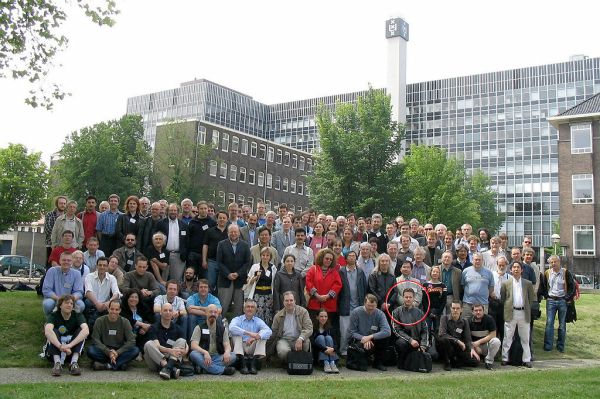Quantum Boltzmann Machines, Gradient Descent, and Instance Normalization: A New Frontier in Machine Learning
Machine learning has revolutionized the way we approach complex problems in science, engineering, and business. In recent years, researchers have been exploring the potential of quantum computing to further enhance machine learning algorithms, leading to the development of Quantum Boltzmann Machines (QBMs). However, QBMs present unique challenges in optimization due to their quantum nature. This is where gradient descent comes in, as a powerful optimization technique used to train QBMs. But what about the normalization of the input data? This is where instance normalization becomes essential, as it provides a way to normalize data within each training example, improving the performance of QBMs.
So, what exactly are QBMs? They are a type of neural network that uses quantum mechanics to process information. Unlike classical neural networks, QBMs operate on quantum bits (qubits), which can exist in multiple states simultaneously, allowing for more complex computations. QBMs have shown promise in solving problems such as image recognition, natural language processing, and even drug discovery.
However, training QBMs involves finding the optimal values for a large number of parameters, which can be extremely challenging. This is where gradient descent comes in, as it is a widely used optimization technique in classical machine learning. Gradient descent works by iteratively adjusting the parameters of a model to minimize a cost function that measures the difference between the predicted and actual outputs. By minimizing this cost function, the model becomes better at making accurate predictions.
But even with gradient descent, the performance of QBMs can be hindered by the normalization of the input data. This is where instance normalization comes in, as it provides a way to normalize the data within each training example, rather than across the entire dataset. This technique has been shown to improve the performance of QBMs on tasks such as image recognition, where the normalization of pixel values can have a significant impact on the final output.
In conclusion, the combination of QBMs, gradient descent, and instance normalization represents a new frontier in machine learning. These techniques allow for the development of more powerful and accurate models that can tackle complex problems in a wide range of fields. As the field of quantum computing continues to evolve, it is likely that QBMs will play an increasingly important role in the future of machine learning.

